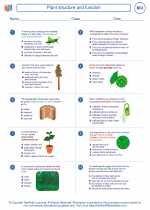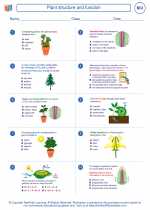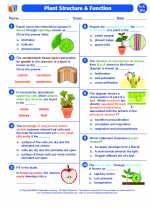Thermometer
A thermometer is a device used to measure temperature. It consists of a long, narrow, glass tube with a bulb at one end that contains a liquid, typically mercury or colored alcohol. As the temperature changes, the liquid expands or contracts, rising or falling within the tube, indicating the temperature on a scale.
There are different types of thermometers, including:
- Mercury thermometers: Contain mercury and have been widely used, but are being phased out due to the toxic nature of mercury.
- Digital thermometers: Use electronic heat sensors to measure temperature and display the results digitally.
- Infrared thermometers: Measure temperature from a distance using a laser to target the object being measured.
- Thermocouple thermometers: Use two different metals to produce a voltage that corresponds to the temperature.
Study Guide: Thermometer
Here are some key points to remember about thermometers:
- Explain the principle behind the functioning of a thermometer.
- List the different types of thermometers and their uses.
- Discuss the advantages and disadvantages of using different types of thermometers.
- Explain the concept of temperature scales such as Celsius, Fahrenheit, and Kelvin.
- Discuss the importance of using thermometers in various fields such as medicine, weather forecasting, and industrial applications.
Remember to familiarize yourself with the different types of thermometers and their applications to gain a comprehensive understanding of the topic.
Good luck with your studies!
[Thermometer] Related Worksheets and Study Guides:
.◂Biology Worksheets and Study Guides High School. Plant structure and function
Worksheet/Answer key Plant structure and function
Plant structure and function  Worksheet/Answer key
Worksheet/Answer key Plant structure and function
Plant structure and function  Worksheet/Answer key
Worksheet/Answer key Plant structure and function
Plant structure and function  Worksheet/Answer key
Worksheet/Answer key Plant structure and function
Plant structure and function  Vocabulary/Answer key
Vocabulary/Answer key Plant structure and function
Plant structure and function  Vocabulary/Answer key
Vocabulary/Answer key Plant structure and function
Plant structure and function 

 Worksheet/Answer key
Worksheet/Answer key
 Worksheet/Answer key
Worksheet/Answer key
 Worksheet/Answer key
Worksheet/Answer key
 Vocabulary/Answer key
Vocabulary/Answer key
 Vocabulary/Answer key
Vocabulary/Answer key

The resources above cover the following skills:
Concepts of Life Science (SC1, SC2, SC3)
The student demonstrates an understanding of the structure, function, behavior, development, life cycles, and diversity of living organisms by describing the structure-function relationship